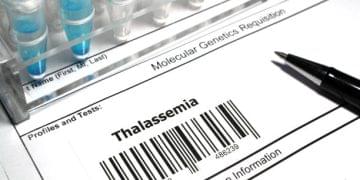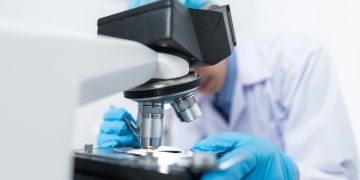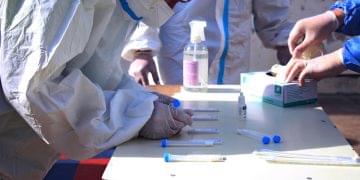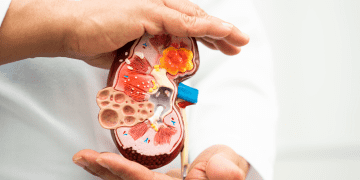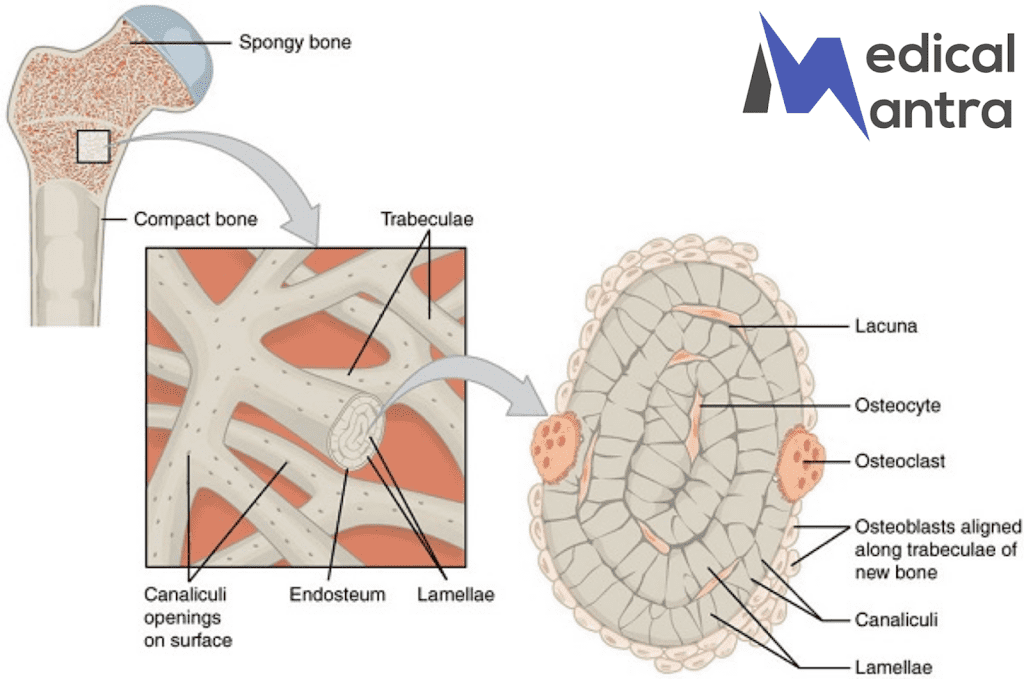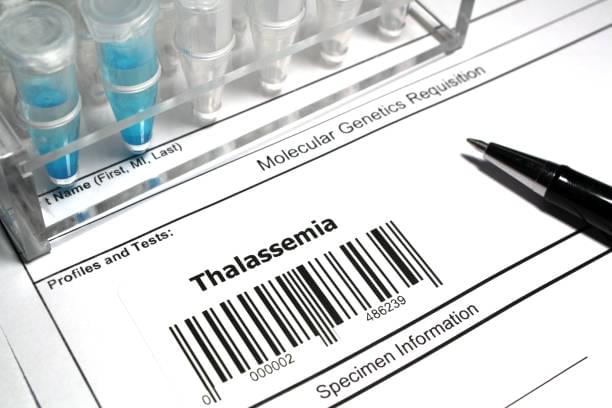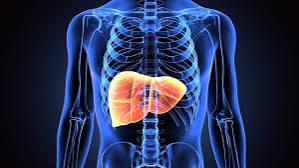What is Testicular Feminization Syndrome?
Testicular feminization, also known as Androgen Insensitivity Syndrome (AIS), is a rare genetic condition in which an individual with XY chromosomes (typically male) is resistant to the effects of male hormones, particularly testosterone, and develops female physical characteristics.
Causes of Testicular Feminization Syndrome:
The condition is caused by mutations in the androgen receptor gene (located on the X chromosome) that result in either partial or complete insensitivity to androgens. As a result, the body does not respond to the male hormones and male sexual development does not occur as expected.
Key Features:
As testes produce normal level of hormone you can’t identify this disease by checking hormonal level . because as mentions above the reason of this disease is insensitivity of the receptors not the low level of testosterone.
Characteristics of Testicular Feminization Syndrome:
Individuals with testicular feminization typically have female external genitalia, such as a clitoris, labia majora, and a shallow vaginal opening. They may also have a blind-ended vaginal pouch instead of a cervix and uterus, and internal testes that remain undescended in the abdomen or inguinal canal.
What is the Difference Between Swyer Syndrome and Testicular Feminization Syndrome?
Swyer syndrome is a disorder that affects females and is characterized by the failure of sex glands to develop. People suffering from this syndrome have functional genitalia and structures, including the vagina, uterus, fallopian tube, but they lack sex glands (ovaries). Testicular Feminization Syndrome is a disorder where a person who is genetically a male shows resistance to androgens. Therefore, a person affected by androgen insensitivity has some of the physical traits of a woman. Thus, this is the key difference between Swyer syndrome and androgen insensitivity. Furthermore, Swyer syndrome is due to mutations in genes such as SRY, NROB1, DHH, WNT4, MAP3K1, while Testicular Feminization Syndrome is due to a mutation in the gene AR
Diagnosis of Testicular Feminization Syndrome:
Testicular feminization is typically diagnosed at birth or during puberty when a lack of menstruation or breast development raises concerns. A blood test can confirm the presence of XY chromosomes, and further testing such as genetic testing or imaging can confirm the diagnosis of AIS.
Treatment of Testicular Feminization Syndrome:
Treatment for testicular feminization depends on the individual’s specific symptoms and concerns. Some individuals choose to undergo surgery to remove their testes to reduce the risk of developing testicular cancer, while others may undergo hormone replacement therapy to increase bone density and reduce the risk of osteoporosis. Some individuals may choose to undergo gender-affirming surgery to align their physical appearance with their gender identity.
Summary of Testicular Feminization Syndrome
It’s important to note that individuals with testicular feminization may identify as male, female, or non-binary, and their gender identity may not necessarily align with their biological sex. As such, they may face challenges related to gender identity and societal expectations. Counseling and support groups can be helpful in navigating these challenges.


